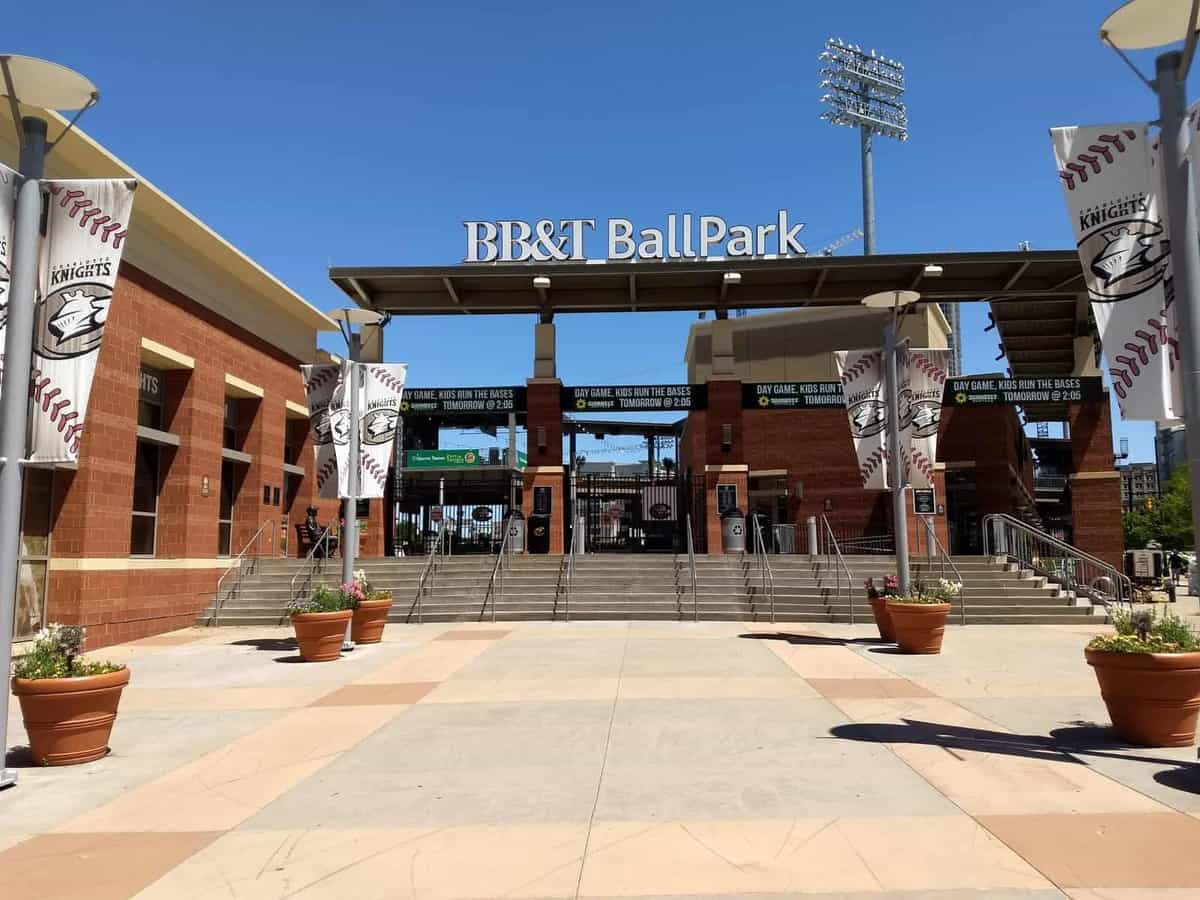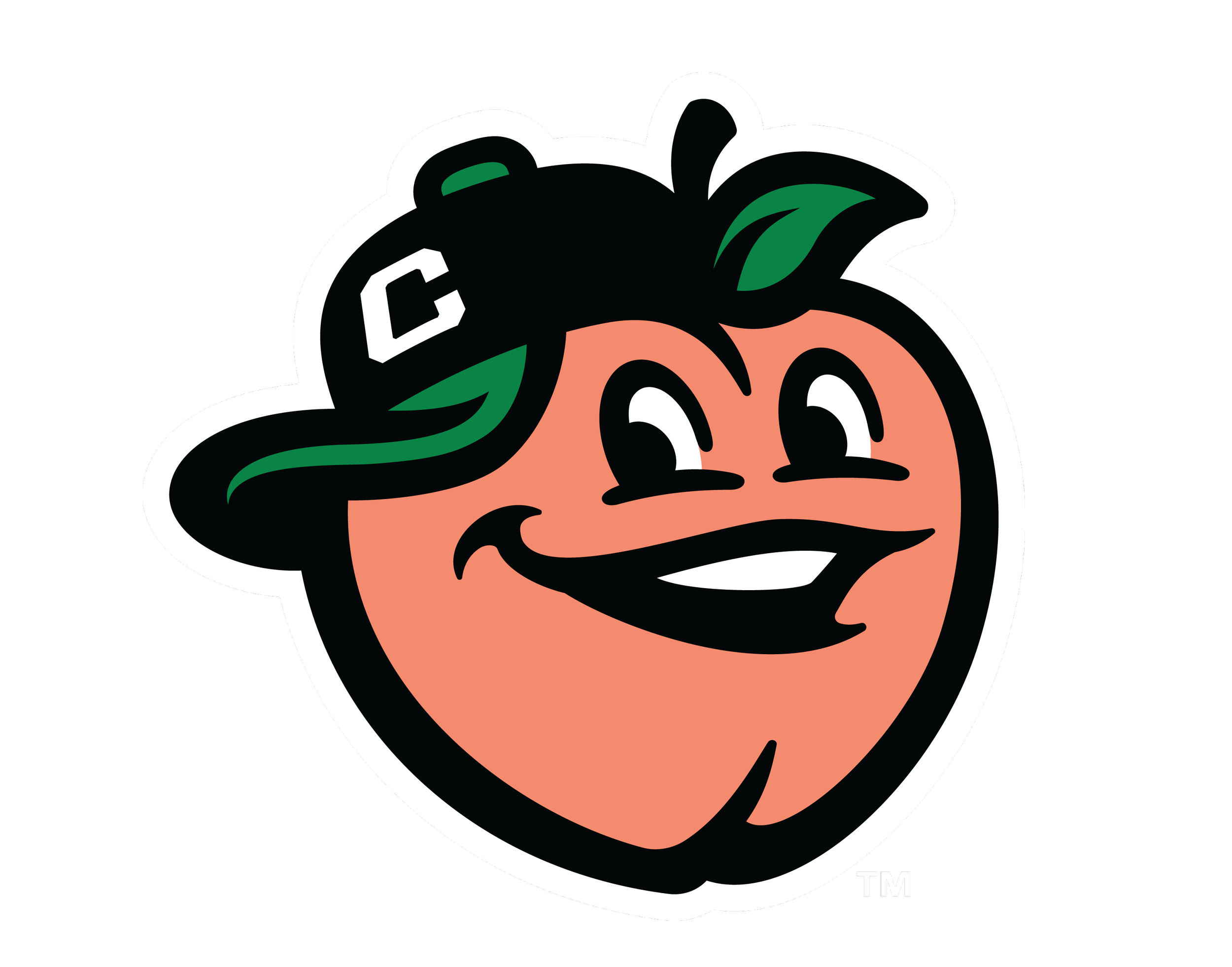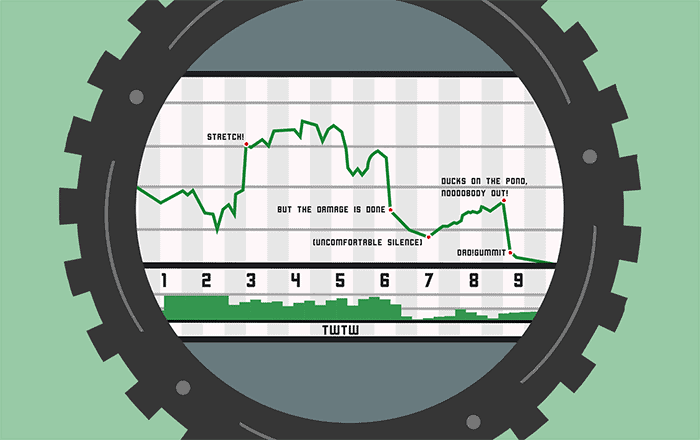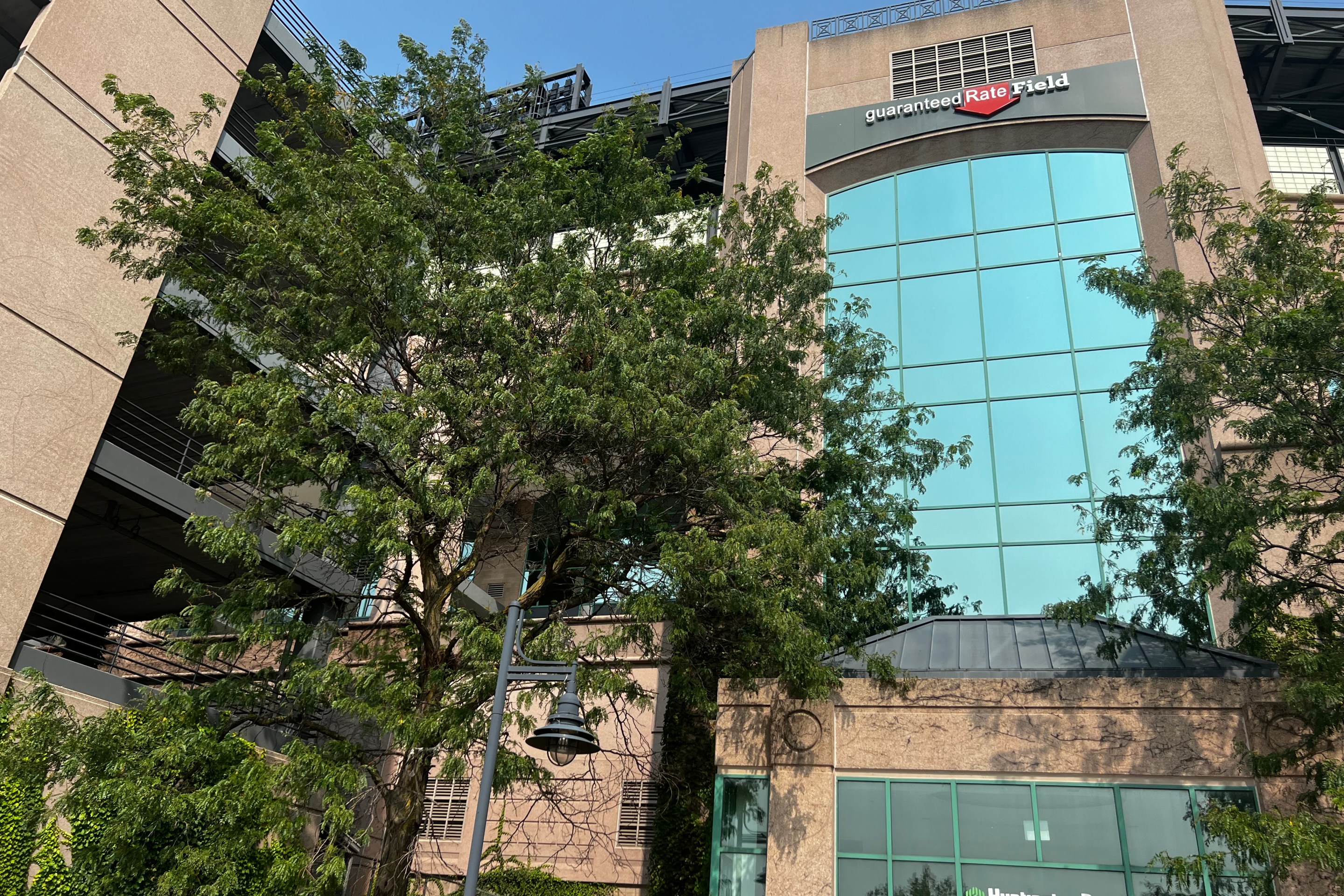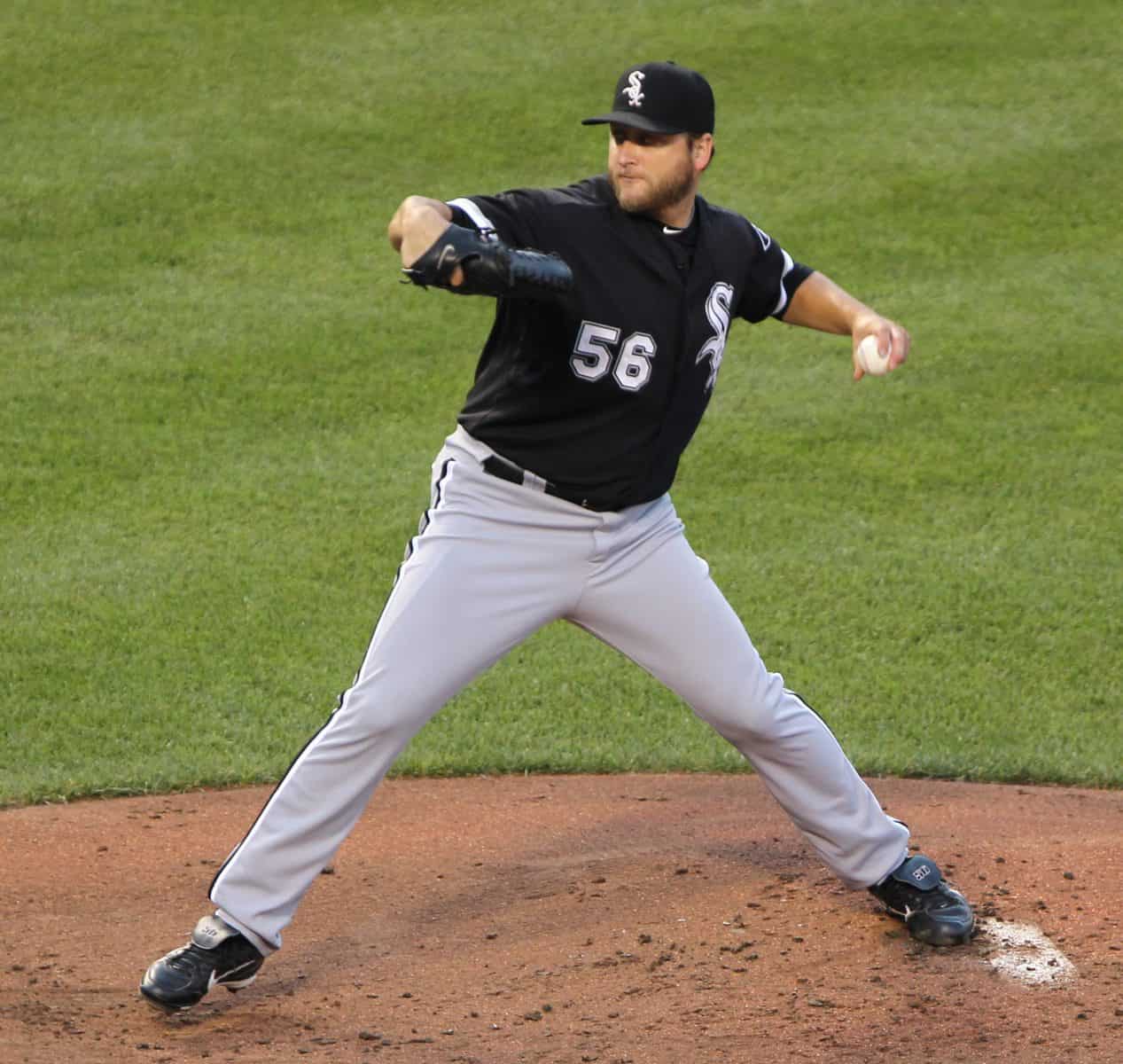Chris Getz, the newly minted assistant general manager/player development, spoke to reporters following the announcement of the 2021 White Sox player development staff on Wednesday.
The biggest news up top: the endorsements of Garrett Crochet and Andrew Vaughn as immediate contributors to the club.
For Crochet, Getz said the plan is to build on Crochet's deployment during the 2020 season with a return to the White Sox bullpen. There's the matter of his immediate effectiveness, but the bullpen provides a path to build up innings for a guy who hadn't thrown more than 65 innings at Tennessee, and only threw 10 innings between the Volunteers and White Sox last season.
"He's a guy that, coming off of a 2020 with a lighter starting workload, for 2022, we have to be very creative, we have to be very cautious of how many innings we put under his belt. And the bullpen role is probably the safest landing spot to accomplish that. Hopefully we look up at the end of the year and he's got an ample amount of innings, therefore we're comfortable with him starting the following year."
Getz left open the possibility of Crochet joining the rotation in 2022 -- perhaps with no minor-league seasoning needed -- but having seen the Chris Sale Memorial Fast Track fail subsequent White Sox draft picks, it seems prudent to take this a year at a time, with the hope that the Sox have enough starting depth to where Crochet isn't needed there. If he's a really cool weapon out of the pen that can serve as a one-man bridge to Liam Hendriks, well, that rare kind of pitcher has helped teams get a long, long way.
As for Vaughn, with the White Sox keeping the 26-man roster clear of those pesky proven bats for the DH spot, Getz provided fuel for the idea that Vaughn could break camp with the club despite no traditional experience above A-ball.
"Based on what we've seen with Andrew Vaughn since he's been part of the organization — and I anticipate he's going to carry that same approach that has made him successful not only as an amateur but throughout his time here — I would imagine with the amount of success that he's had and he probably will in spring training, that he'll be in position to be that DH or be on the major league club," White Sox assistant general manager Chris Getz said Wednesday. "He's ready to help this team.
"He was a very advanced hitter coming out of Cal. That was quite obvious right out of the gate. What separates Andrew is his mentality, his makeup, how under control he is in the box, his discipline to sticking with an approach that works for his swing. … He's got a very sound approach at the plate, and we feel that that's going to translate very well in the big leagues when he's asked to perform at that level."
Josh and I talked about this on the podcast, but to sum up my stance -- Vaughn's plate discipline is evident, as is his ability to battle. I wouldn't see him getting ruined by the White Sox throwing him in the deep end. My concern is that he'll have to rely on his defensive hitting abilities a little too much against advanced pitching early on. Whether it's because he's still learning how to turn around upper-level stuff, or his discipline being used against him by pitchers with better execution, I see a lot of 0-2 counts for him early. That's suboptimal for a guy who would only be contributing with his bat.
Perhaps he'll prove me wrong, but I wouldn't say my position can really be debunked, since it boils down to "it'd be cool to have an exciting bat hanging just outside the 26- and 40-man rosters in case of emergency." Of course, that necessitates having a better idea. I've often wondered if Yermín Mercedes is that better idea over the last eight baseball months or so, but if the Sox let the likes of Welington Castillo and Edwin Encarnación block his paths to playing time the last two years, then I don't understand what would have inspired them to clear an avenue now.
* * * * * * * * *
As somebody who is preparing Prospect Week material without a great idea of how most White Sox prospects might be handled over the next few months, I was more interested in hearing about any plans Getz could lay out, macro or micro. He said the plans for the minor-league season are still tentative, but his outline matches the last update the public received through Baseball America -- a major-league spring training that runs through February and March, followed by a minor-league spring training that runs through April. That puts Double-A and the A-ball leagues on track for an Opening Day at some point in May.
Even if Major League Baseball sees that plan through without a hitch, we'll still have to prepared to adjust and recalibrate our expectations over the course of 2021. Getz rattled off a number of low-minors prospects who will receive assignments that would be considered aggressive in ordinary seasons.
The high-profile prep arms like Jared Kelley, Andrew Dalquist and Matthew Thompson got a leg up by seeing action at the Schaumburg, so it wouldn't be out of line to see them start 2021 in Kannapolis. It was more of a jolt to hear Jose Rodriguez, Bryan Ramos or Benyamin Bailey starting with a full-season affiliate out of the gate, when they would normally be extended spring training candidates given their experience.
In 2021, their normal spring training will occupy the month that extended spring training usually covers, and there's no Great Falls to report to this time around. That makes Kannapolis the only logical outlet. And if they're in Kannapolis, that pushes the players who are one year ahead one level ahead.
"You'll see that the most important decisions that are made are for these guys to get ample opportunity to go out there and play baseball. So you may see a guy at High-A that in years past you would see at Low-A, because the focus this year is getting these guys out there and competing," Getz said.
"The Bryce Bushes of the world, Cabera Weaver, guys that we were likely going to put in Kannapolis last year, those are guys that maybe might see Winston-Salem a little bit quicker than if we rewound, and going into 2020 where the assignment would've been Kannapolis. We've got a group of guys that just need to go out there and play, and I"m not going to get too caught up in whether it'd be Winston-Salem or Kannapolis this year."
Initially, that seems disruptive and dangerous to somebody like Bush, who has flashed bursts of impact among issues with raw plate discipline, finding a defensive home and hard-luck injuries. But then you realize that this same scenario is going to be playing across the entirety of baseball, especially the teams that have enough teen talent to run out multiple complex teams in the AZL or DSL. Thinking about the Bushes, the Weavers and the Lencies Delgado of the White Sox system trying to hang in High-A seems irresponsible until you realize they'd be facing counterparts who might be equally overmatched. Reduce the equation, and they're just plain ol "matched."
Besides that, we'll also have to wait for the league structures and schedules to be announced in order to better understand what assignments acually mean. For instance, the 10-team Carolina League was always tougher than the 14-team South Atlantic League because the players were more experienced and less numerous, and the frequency of opponents made it easier for players and coaches to pick up obvious deficiencies on the other side. How much does a larger High-A league affect the jump? That remains to be seen, and might not be understood for a couple of years if the absence of a 2020 season tangles the talent.
For the time being, it's just nice to think about about White Sox prospects being able to report to the usual locations to play teams wearing different uniforms and representing other organizations.
